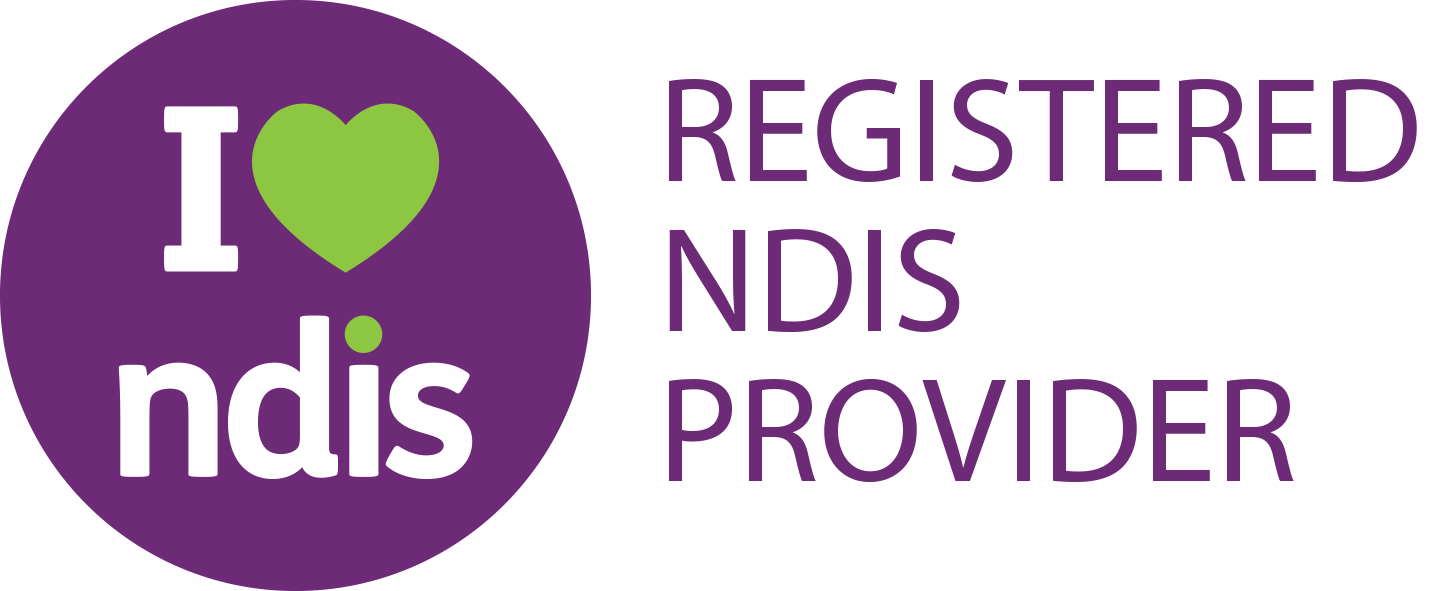Detoxing from drugs
Advance Minds Blog
A safe space to explore subjects within the community such as mental health, substance abuse and personal identity.
Our safe space also provides the opportunity for real individuals to express their hardships and success through writing.
Detoxing from Drugs: A Safe and Effective Guide to Recovery

Detoxing from drugs is the process of removing harmful substances from the body while managing withdrawal symptoms. It is a crucial first step toward overcoming drug dependence, but detox can be dangerous if not done properly. Understanding the symptoms, risks, and best detox methods can help ensure a safe and successful recovery.
1. What is Drug Detox?
- Definition: Drug detox is the process of clearing toxins from the body after stopping drug use.
- Purpose: Helps individuals overcome physical dependence and prepare for long-term addiction treatment.
- Duration: Varies depending on the drug, duration of use, and individual health factors.
2. Common Drugs That Require Detox
- Opioids (Heroin, Fentanyl, Oxycodone, Morphine, Codeine, Hydrocodone)
- Stimulants (Cocaine, Methamphetamine, Ecstasy, Adderall, Ritalin)
- Benzodiazepines (Xanax, Valium, Klonopin, Ativan)
- Alcohol (Often requires medical supervision due to withdrawal risks)
- Marijuana (Mild withdrawal but can cause anxiety, depression, and sleep problems)
- Hallucinogens (LSD, Mushrooms, PCP, Ketamine) (May cause psychological withdrawal symptoms)
3. Drug Withdrawal Symptoms
Withdrawal symptoms depend on the drug type, duration of use, and individual health.
Opioid Withdrawal (Heroin, Painkillers) – Begins 6-12 Hours After Last Use
- Muscle aches, sweating, runny nose
- Anxiety, depression, irritability
- Nausea, vomiting, diarrhea
- Insomnia and restless legs
Stimulant Withdrawal (Cocaine, Meth, Adderall) – Begins 24-48 Hours After Last Use
- Extreme fatigue, depression, mood swings
- Increased appetite
- Intense drug cravings
- Paranoia or hallucinations in severe cases
Benzodiazepine Withdrawal (Xanax, Valium, Klonopin) – Begins 1-4 Days After Last Use
- Severe anxiety, panic attacks
- Insomnia and agitation
- Tremors, muscle spasms
- Seizures (can be life-threatening)
Alcohol Withdrawal – Begins 6-24 Hours After Last Use
- Shaking, sweating, nausea
- Hallucinations and confusion
- High blood pressure and irregular heart rate
- Seizures and delirium tremens (DTs) in severe cases
4. Is It Safe to Detox at Home?
- Mild withdrawal symptoms: Some people can detox at home with support.
- Severe withdrawal symptoms: Medical detox is recommended for substances like opioids, benzodiazepines, and alcohol.
Warning: Detoxing alone can be dangerous, especially for heavy users. Seek professional help if needed.
5. Safe Detox Methods
Medical Detox (Recommended for Moderate to Severe Withdrawal)
- Supervised in a hospital or rehab facility.
- Medications provided to ease withdrawal symptoms:
- Opioid detox: Methadone, buprenorphine (Suboxone) to reduce cravings.
- Benzodiazepine detox: Gradual tapering under medical supervision.
- Alcohol detox: Benzodiazepines to prevent seizures.
- Stimulant detox: Antidepressants or sleep aids for mental health support.
At-Home Detox (For Mild Cases and Under Medical Guidance)
- Stay hydrated: Drink plenty of water and electrolyte-rich fluids.
- Eat a balanced diet: Nutrient-rich foods help restore health.
- Get rest: Sleep helps the body heal during withdrawal.
- Use natural supplements: Vitamin B, magnesium, and melatonin can help with symptoms.
- Seek emotional support: Family, friends, or online support groups can provide encouragement.
6. What to Expect During Drug Detox
Day 1-2:
- Withdrawal symptoms begin and can be intense.
- Cravings, anxiety, nausea, and sleep disturbances are common.
Day 3-7:
- Symptoms peak and then gradually improve.
- Medications or therapy may be needed to manage discomfort.
Week 2 and Beyond:
- Physical symptoms fade, but mental cravings and mood swings may continue.
- therapy and support groups help maintain long-term recovery.
7. Post-Detox Recovery: Preventing Relapse
- Rehab programs: Inpatient or outpatient treatment can help with long-term recovery.
- Therapy options:
- Cognitive Behavioral Therapy (CBT): Helps identify and change harmful thought patterns.
- Group therapy & support groups (NA, SMART Recovery): Provides community and accountability.
- Medication-assisted treatment (MAT):
- Opioid addiction: Methadone, Suboxone, or Naltrexone.
- Alcohol addiction: Naltrexone or Acamprosate.
- Lifestyle changes: Exercise, healthy eating, and stress management improve well-being.
8. When to Seek Help for Drug Detox
- If you have a history of severe withdrawal symptoms.
- If you are detoxing from opioids, alcohol, or benzodiazepines, which can be dangerous.
- If you experience hallucinations, seizures, or suicidal thoughts.
- If you have underlying mental health conditions that need support.
Final Thoughts
Drug detox is a critical first step toward recovery, but it should be done safely. If you or a loved one is struggling with addiction, seek professional medical support. Detoxing is just the beginning—long-term treatment and support are key to maintaining a drug-free life. You are not alone, and recovery is possible!
















